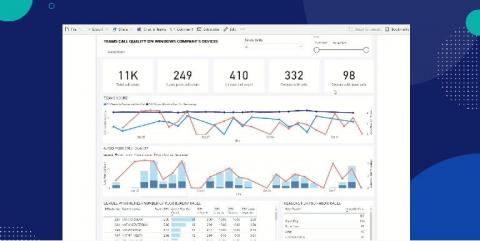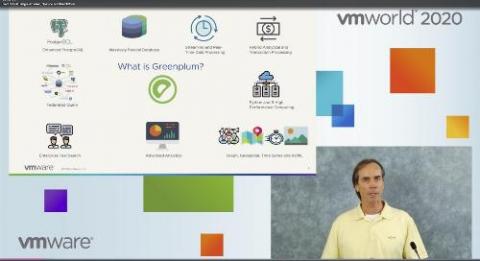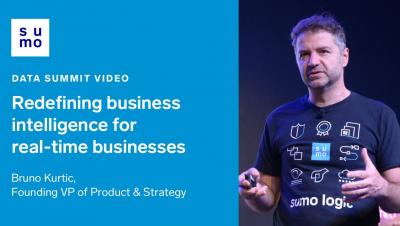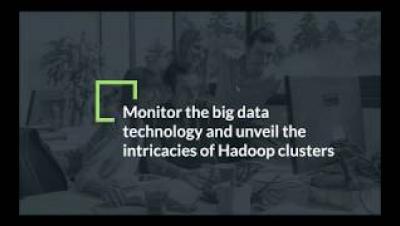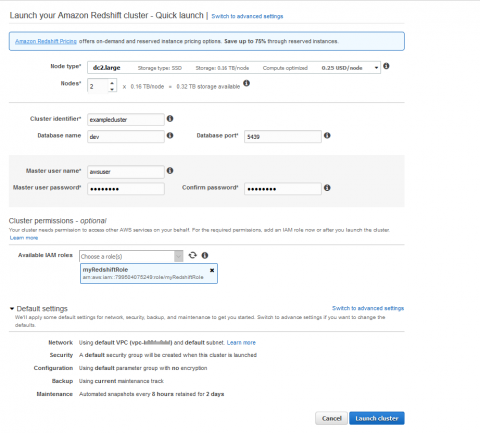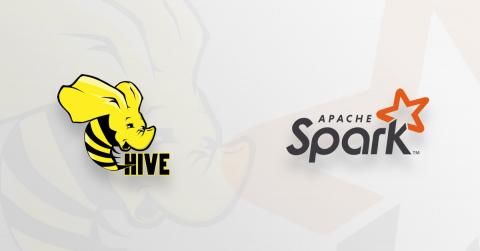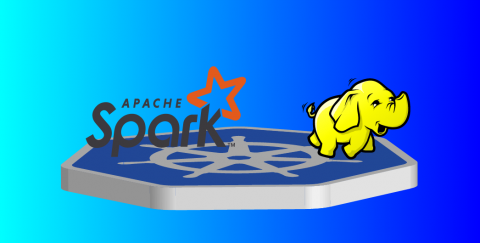Exploring New Integration Opportunities with Azure Data Lake and Power BI
From digital transformation to infrastructure optimization, business analytics and data visualization allow IT stakeholders to make sense of complex situations. You can’t improve what you can’t measure, right? More and more, we see IT organizations combining different sources of information to uncover unique insight, allowing them to detect areas of improvement, find new opportunities, optimize processes and gain that competitive edge.


